The ancient kingdom of Sukhothai, a UNESCO World Heritage Site and arguably the birthplace of modern Thailand, contains some of the most stunning ruins in the country. Sukhothai was founded in 1238 AD by Sri Indraditya, when he and and his brother took the city from Burma. His son King Ramkhamhaeng proved to be a shrewd ruler and in just two decades expanded his territory to include parts of Laos, Burma and the Malay Peninsula. Ramkhamhaeng is credited with such cultural advancements as personally designing the Thai alphabet and adopting Theravada Buddhism as the state religion. Uniquely Thai art and architecture styles also began to take shape during his reign. Sukhothai flourished for over 200 years until it was absorbed by the southern Thai kingdom of Ayuthaya in 1438.
Comprising roughly five square kilometers, the ruins are divided into several zones and are best seen via bicycle. The Central Zone is home to the largest and best-preserved collection, and is also the most crowded with tourists. The site is dominated by Wat Mahathat, of which dozens of columns and chedi still stand. Surrounding by retaining walls and a moat, this wat is thought to have been the heart of the old city. The smaller sites of Wat Sra Sri and Wat Traphang Ngoen were built in a similar style, while the three towers of Wat Sri Sawai reflect the differing Khmer architecture. Even more distinctive are the majestic carved elephants lining the base of Wat Sorasak.
Wat Mahathat
Wat Sri Sawai
Wat Traphang Ngoen
Wat Sra Sri
Wat Sorasak
Outside the old city walls, the Western Zone contains more than a dozen wats in various stages of ruin. We biked along the main loop, enjoying these peaceful sites that were almost totally devoid of tourists. After about three kilometers we reached Wat Saphan Hin, the highlight of the Western Zone. A stone path leads up to the wat, a steep 200-meter climb that we undertook in peak sun. The views of the impressive standing Buddha and surrounding countryside were a worthwhile reward, as was the cold bottled water offered by a vendor near the bike parking area. There isn’t much shade on the road around this section so water and a hat are essential.
Wat Saphan Hin
The Northern Zone is much closer to the old city wall and the Central Zone, but still best toured with wheels. The unrelenting heat was getting to us by this point so we headed straight for the main attraction, Wat Si Chum. The seated Buddha held within is 15 meters tall and features gracefully curved golden fingers that visitors clamor to photograph. Some believe this image is mentioned specifically on King Ramkhamhaeng’s burial stele. This site is not to be missed.
Wat Si Chum
Sukhothai Historical Park Location: about 12 kilometers from the town of New Sukhothai Entrance fees: 100 baht per person for each of the three major zones Tip: food and beverage stalls dot the Central Zone but are almost nonexistent elsewhere.
Would you like to explore the ruins of Sukhothai?
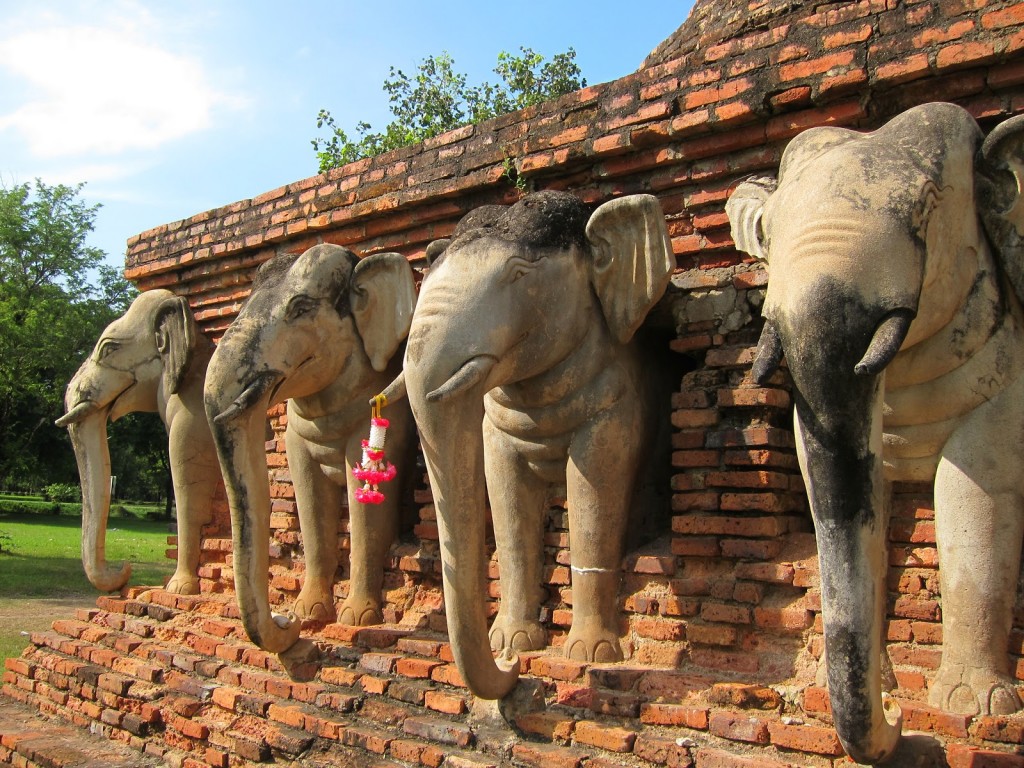
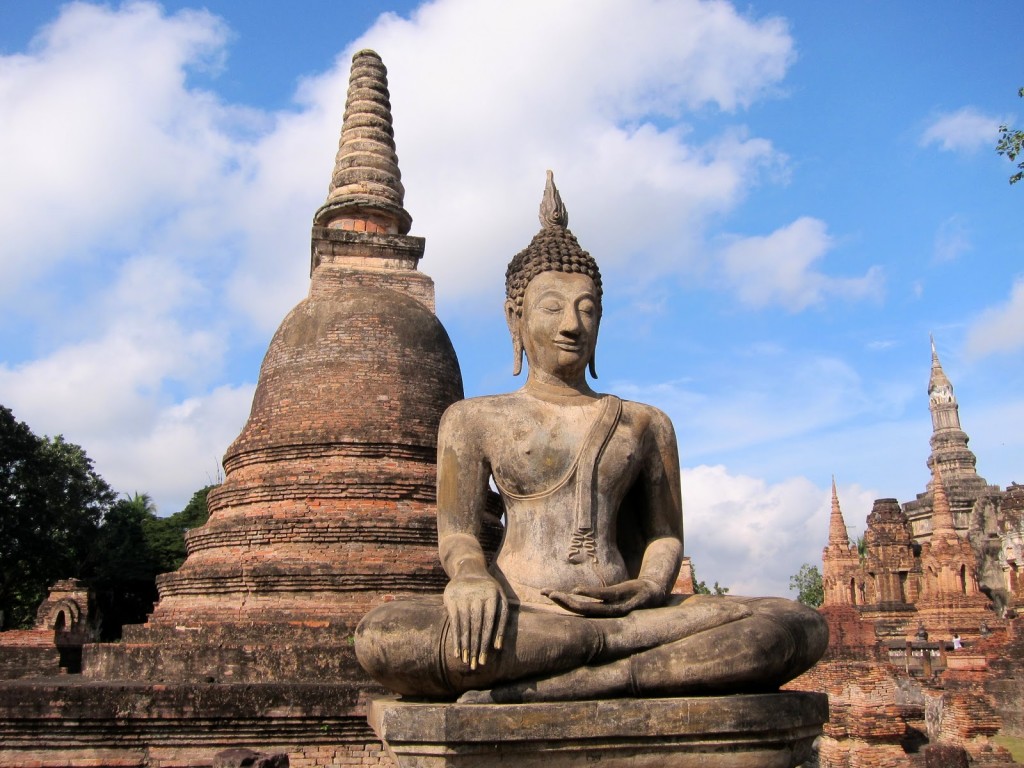
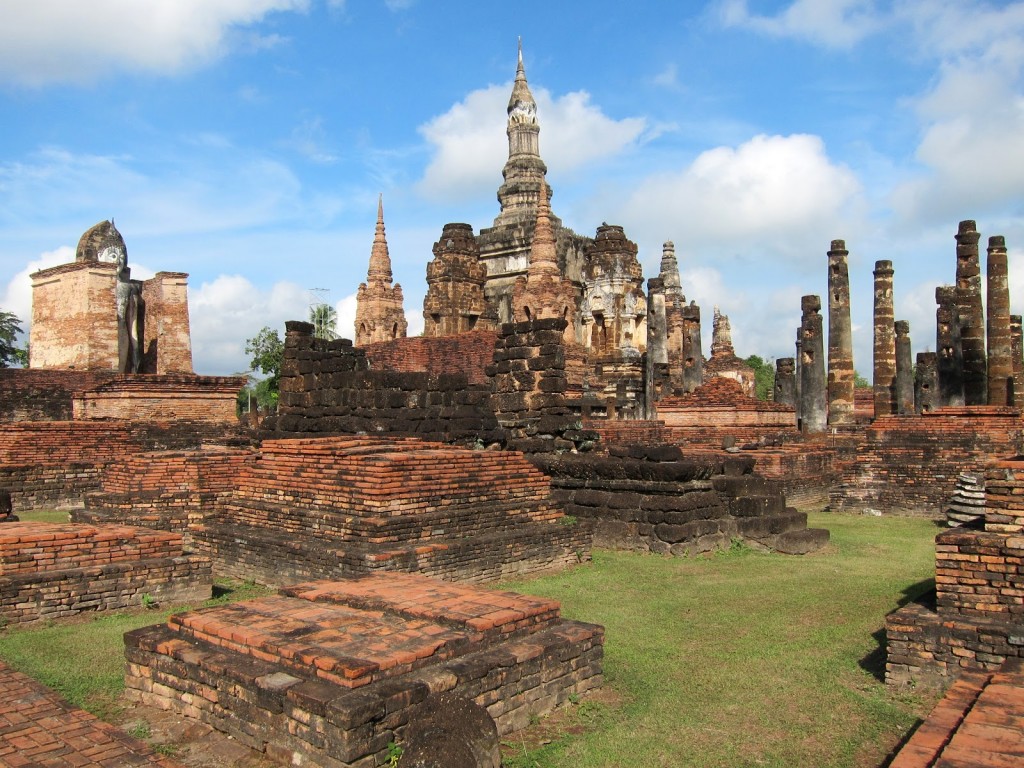
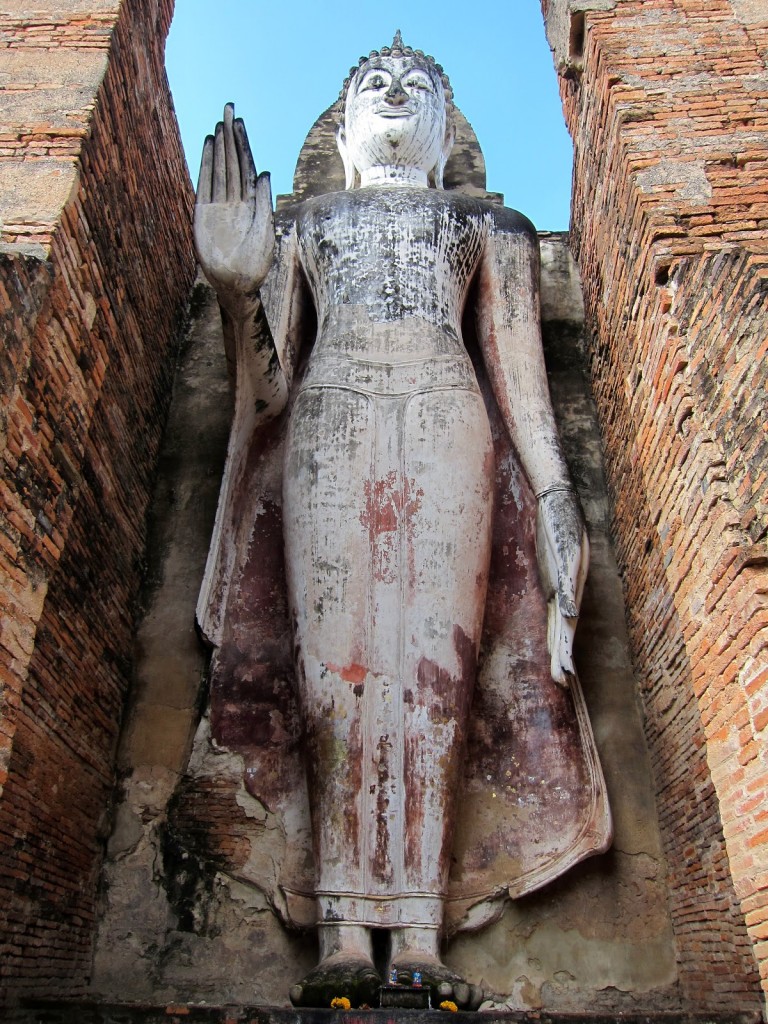
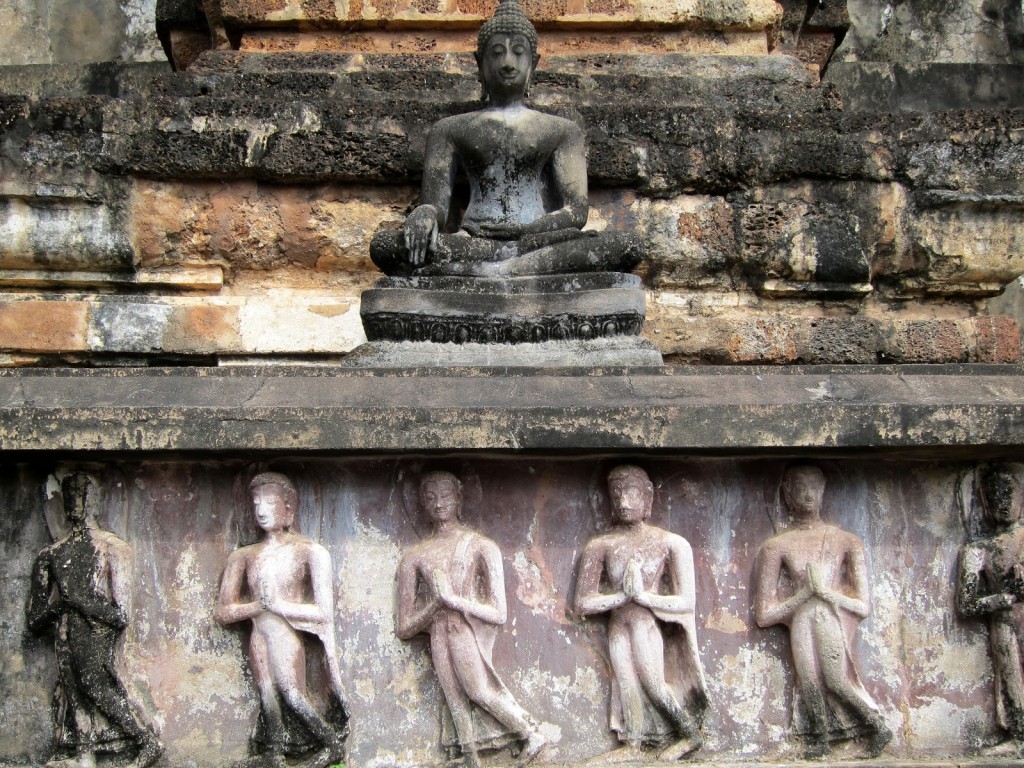
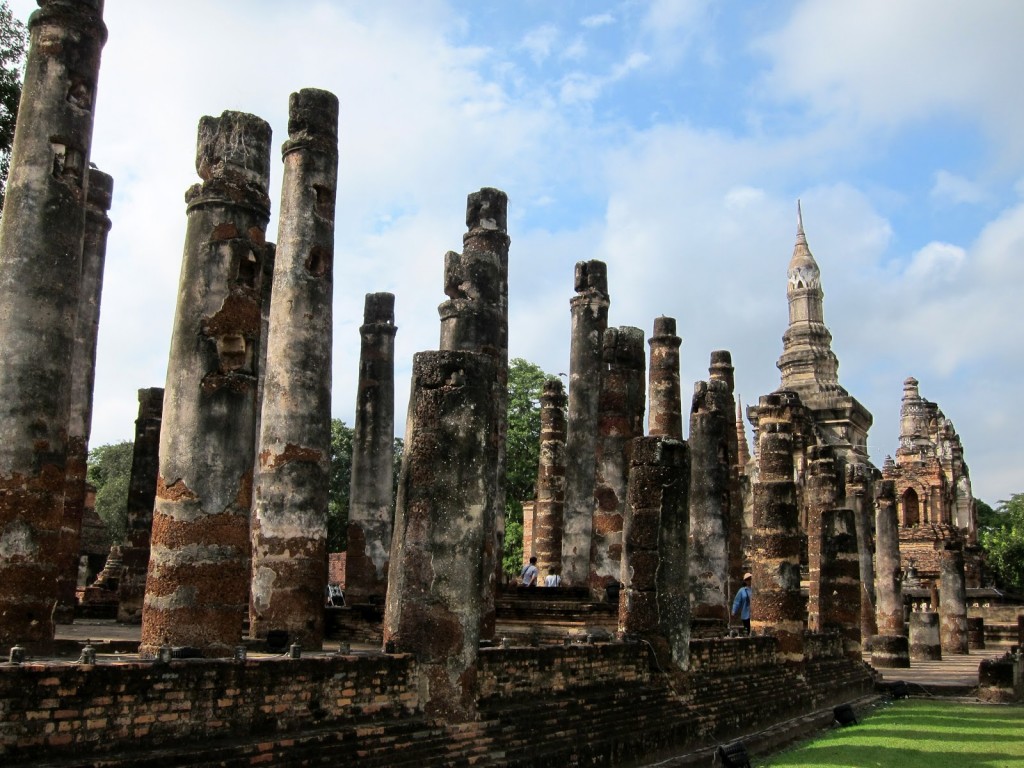
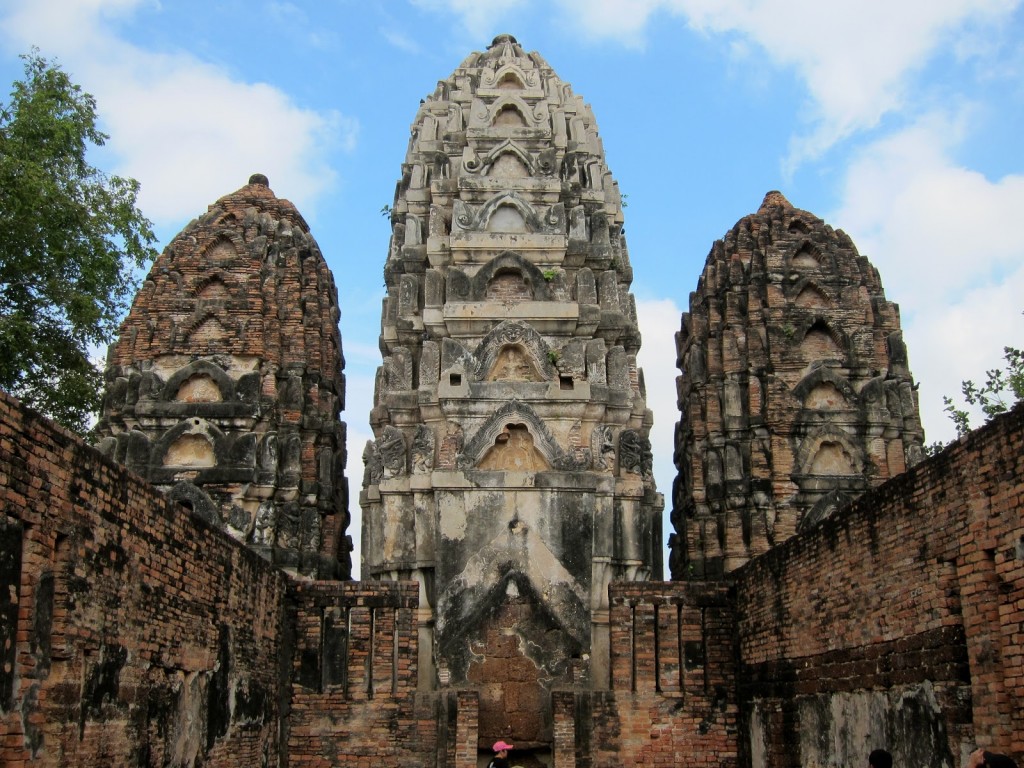
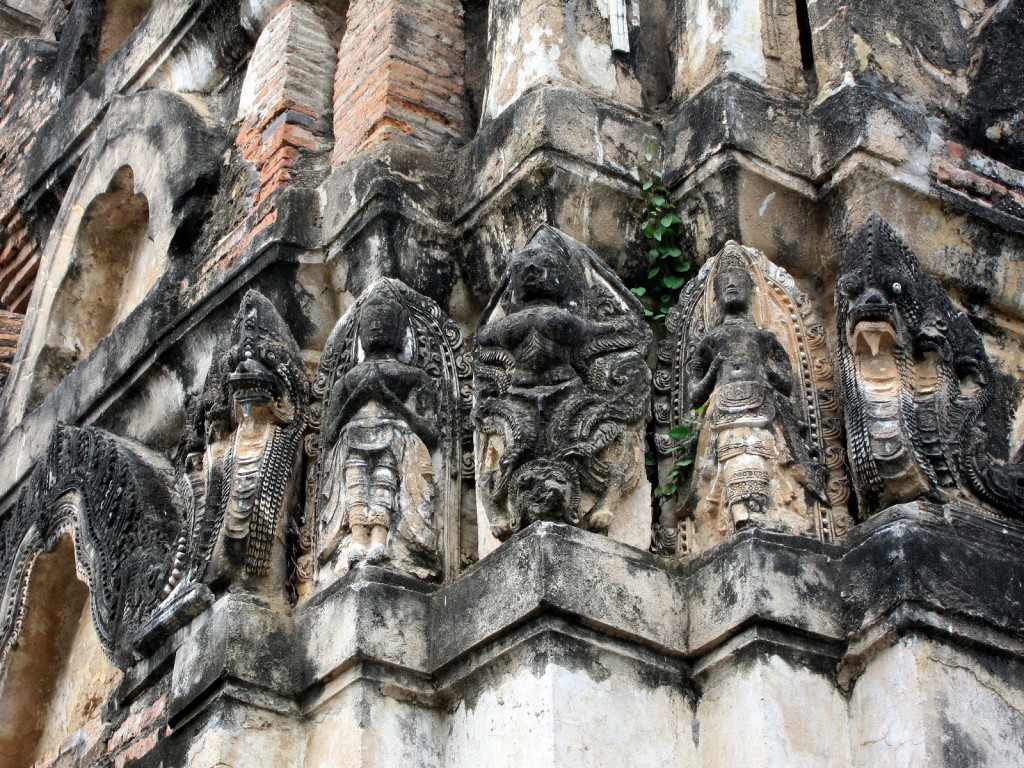
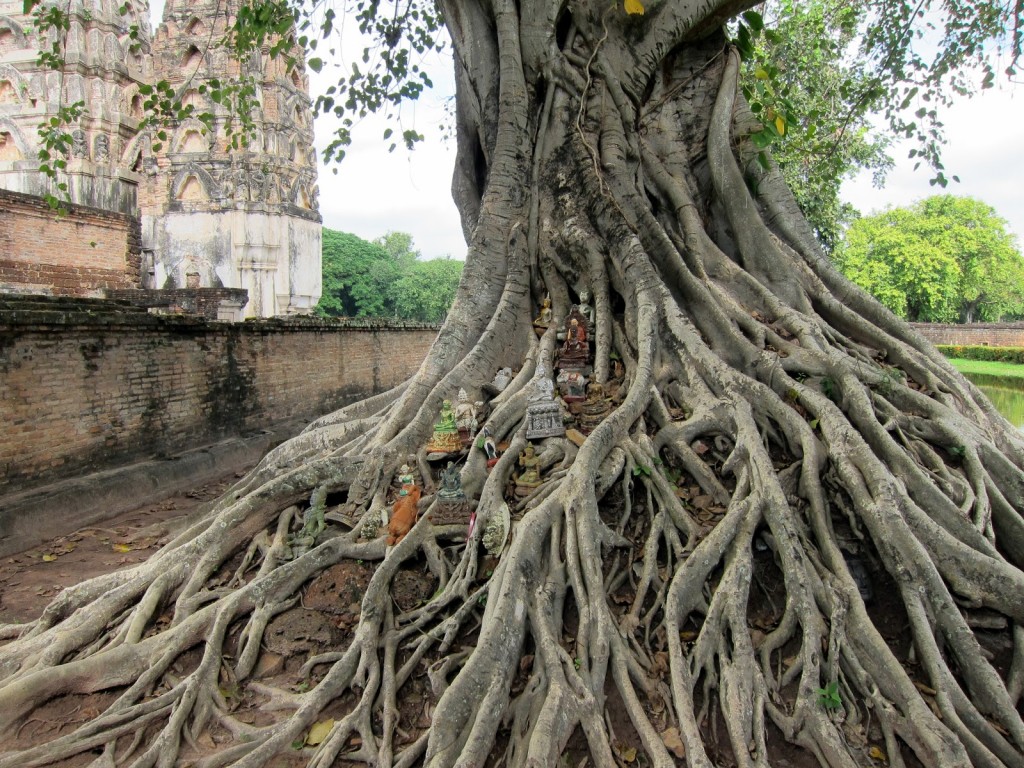
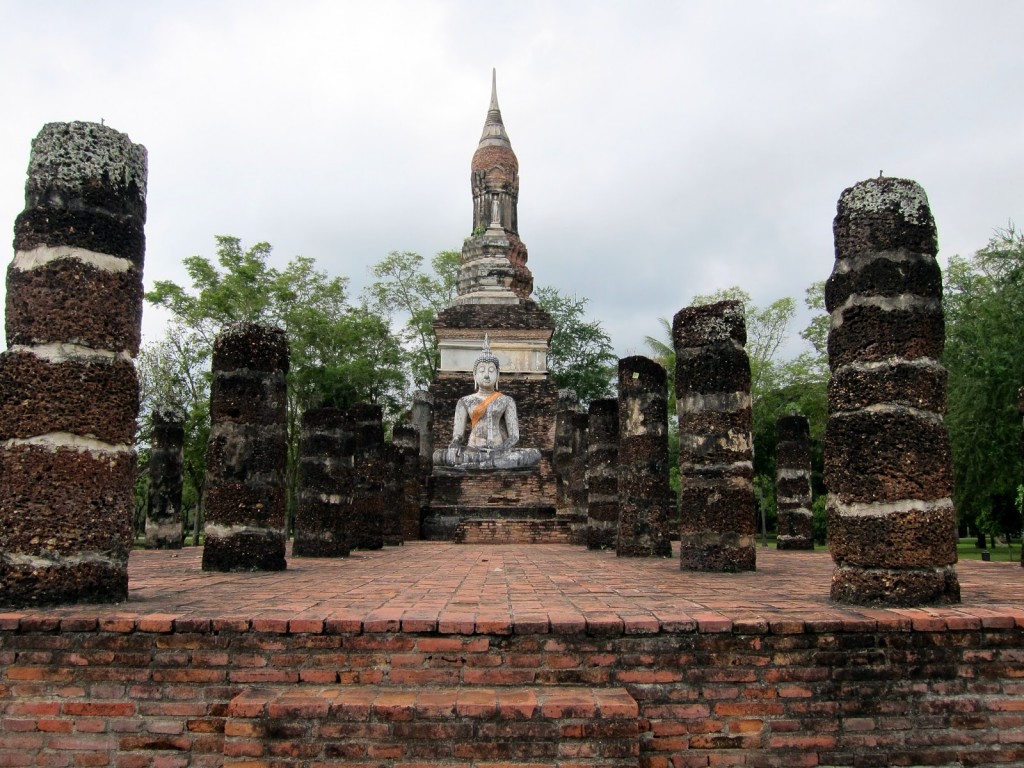
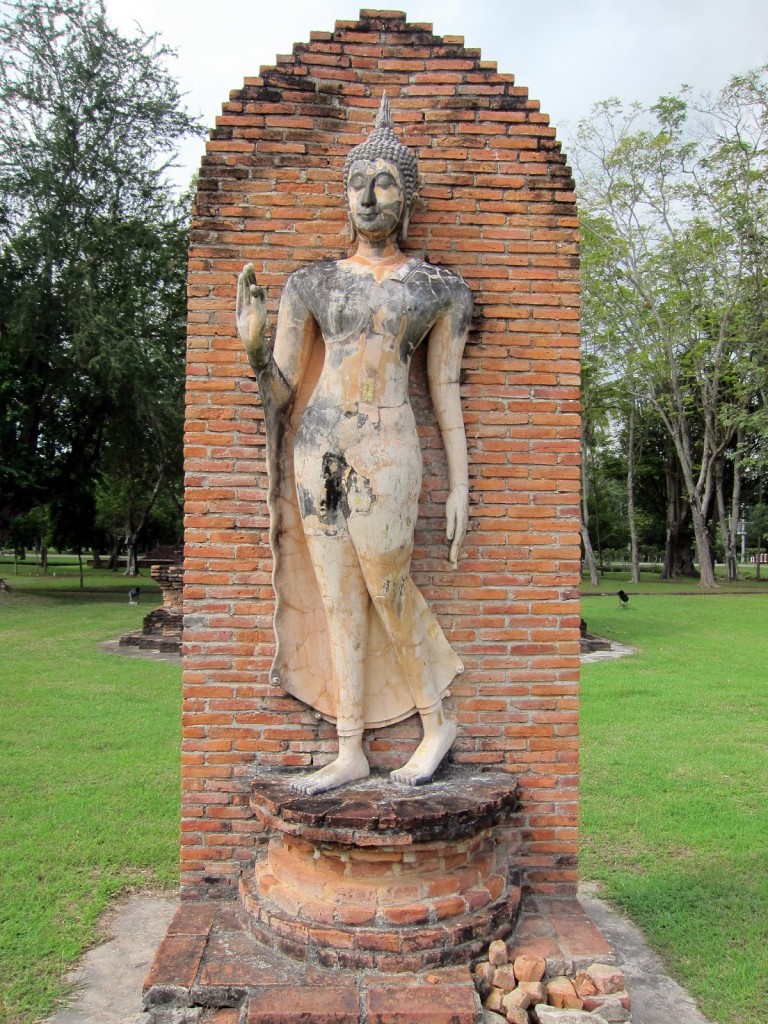
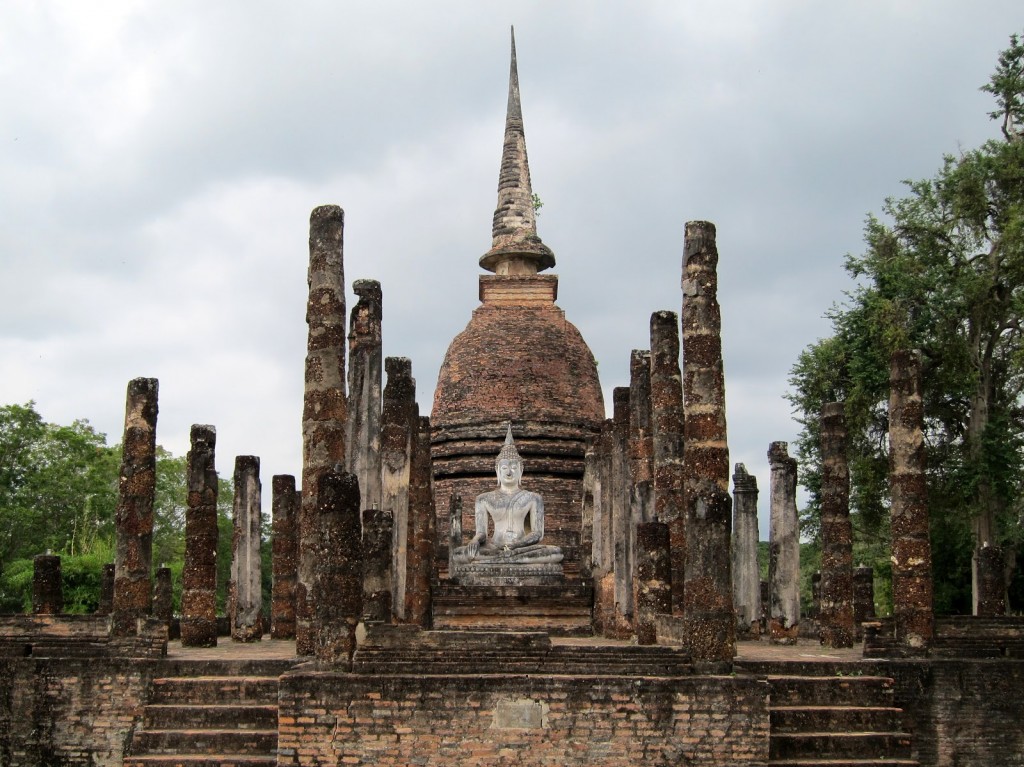
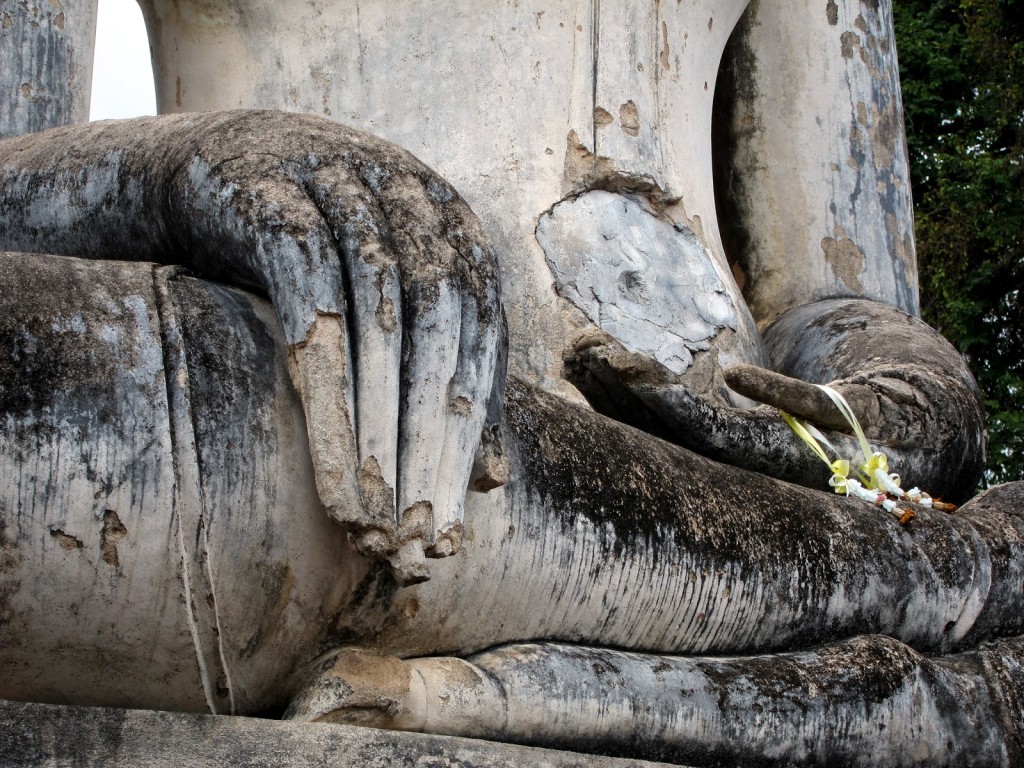
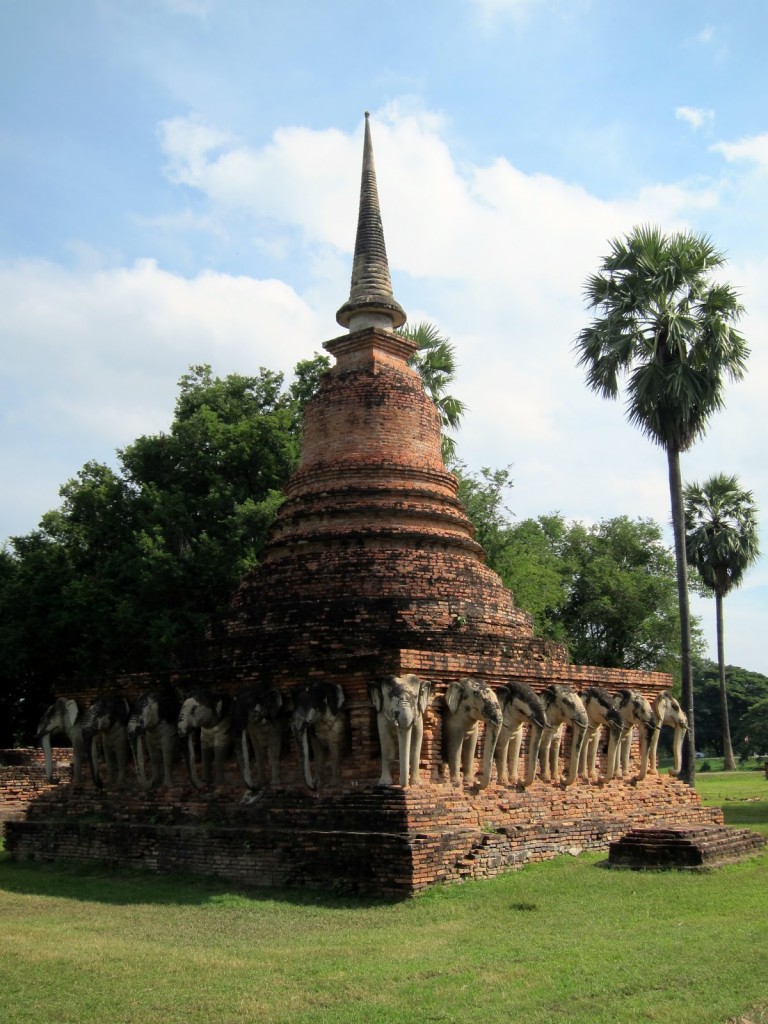
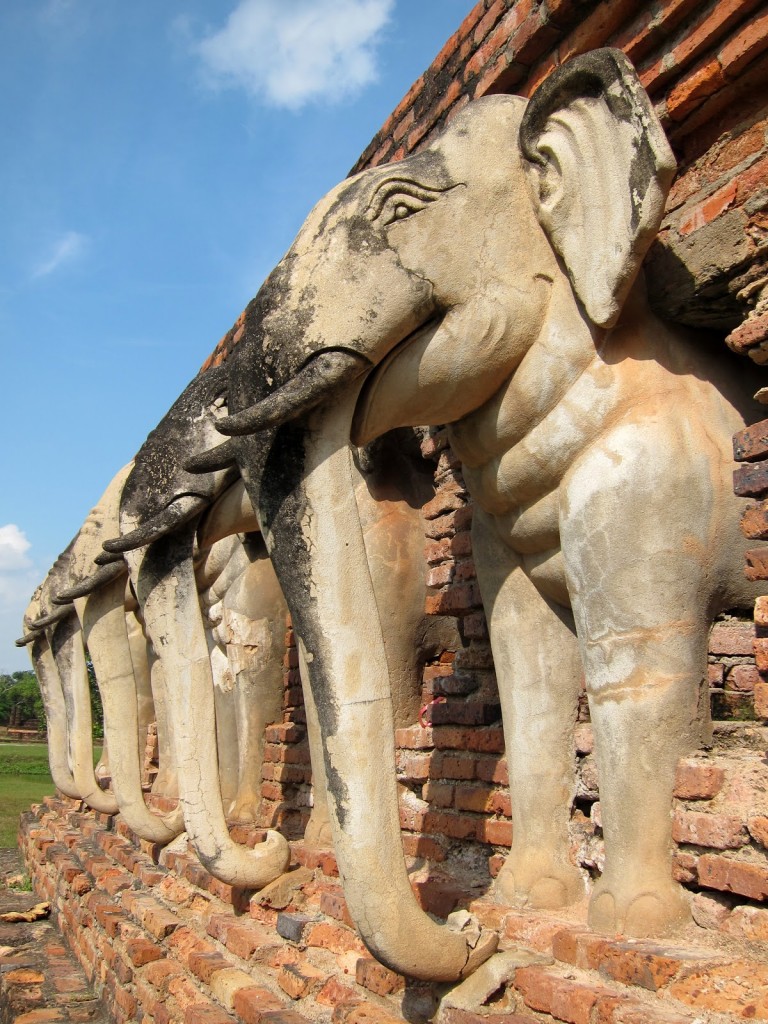
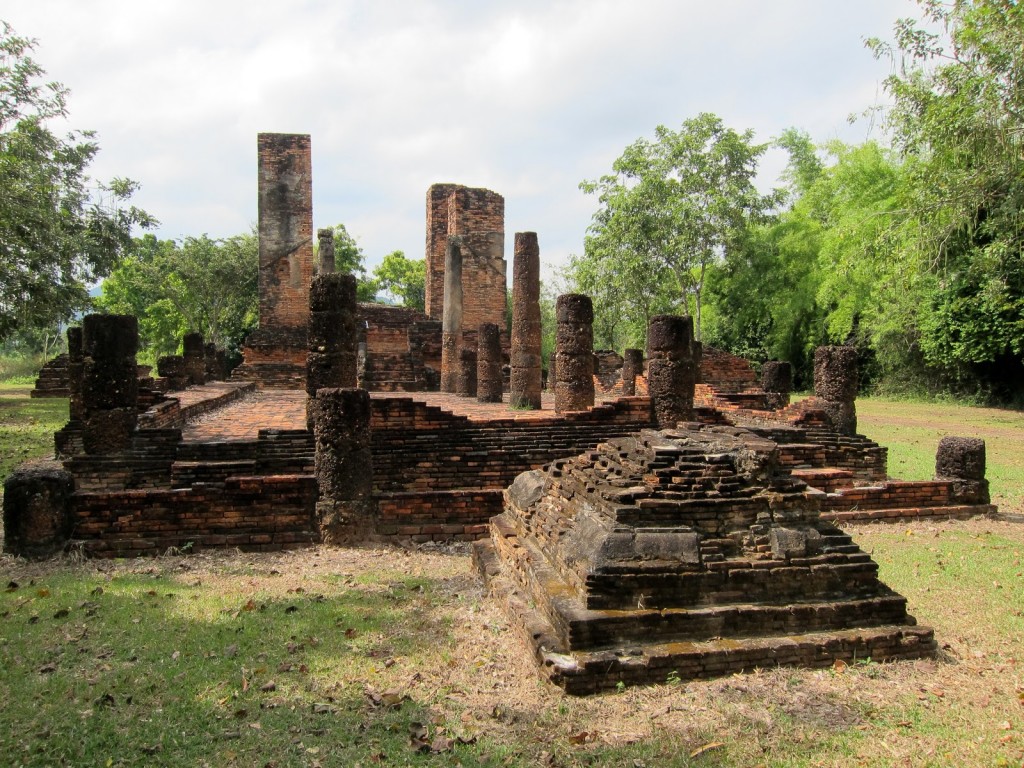
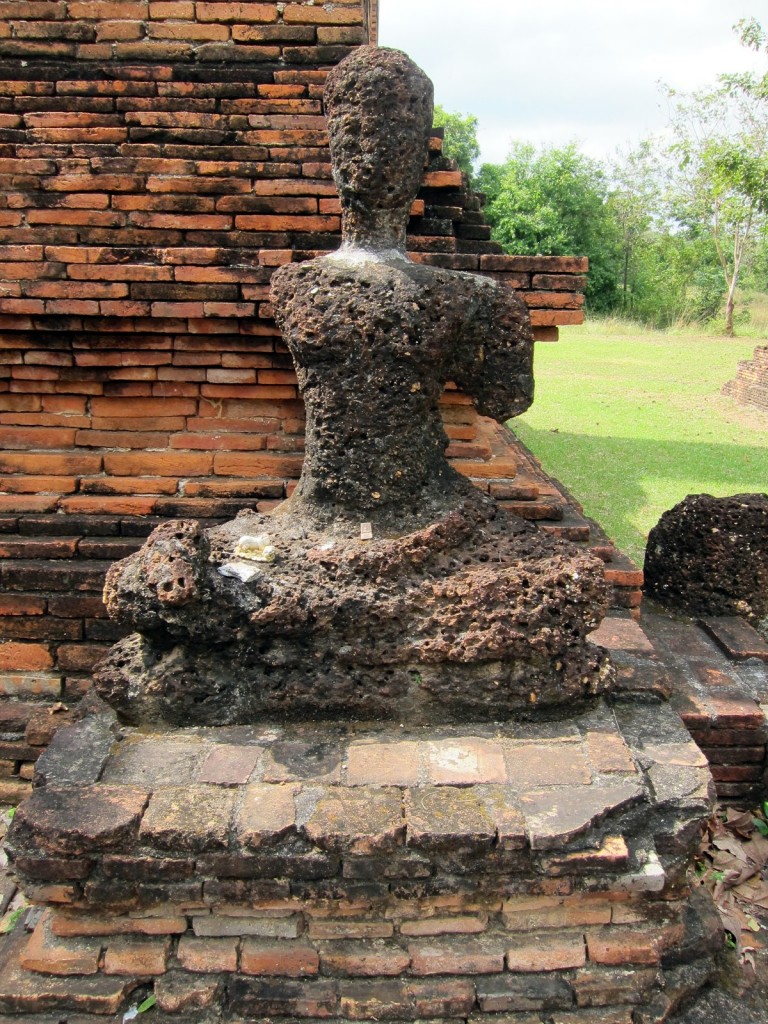
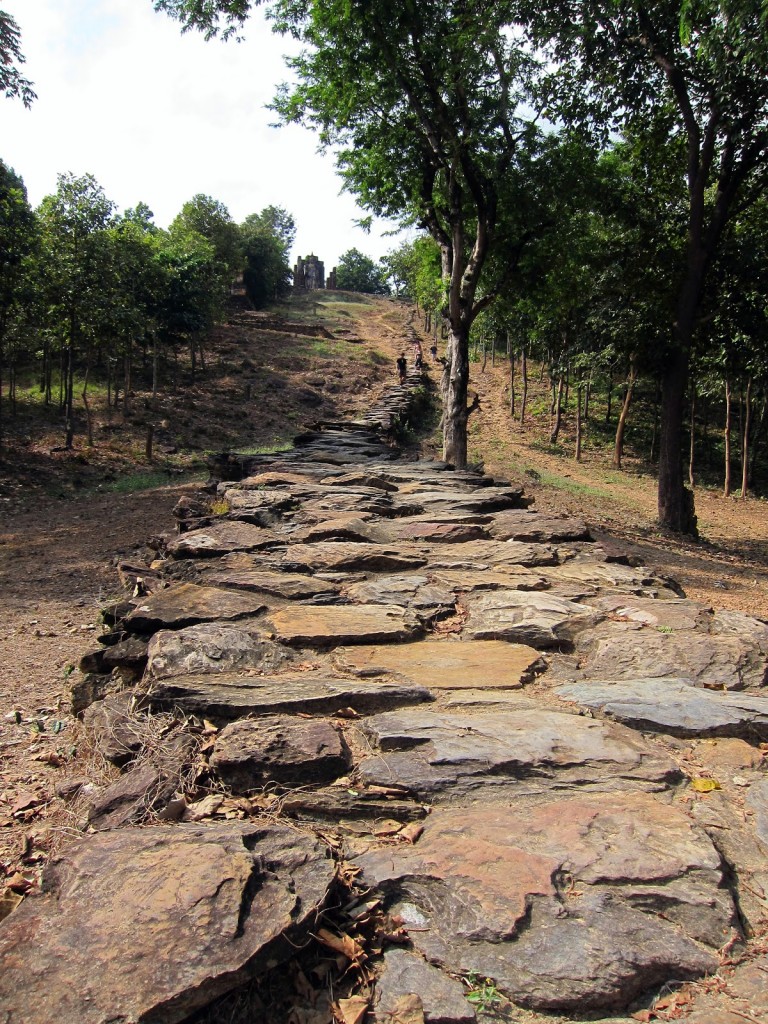
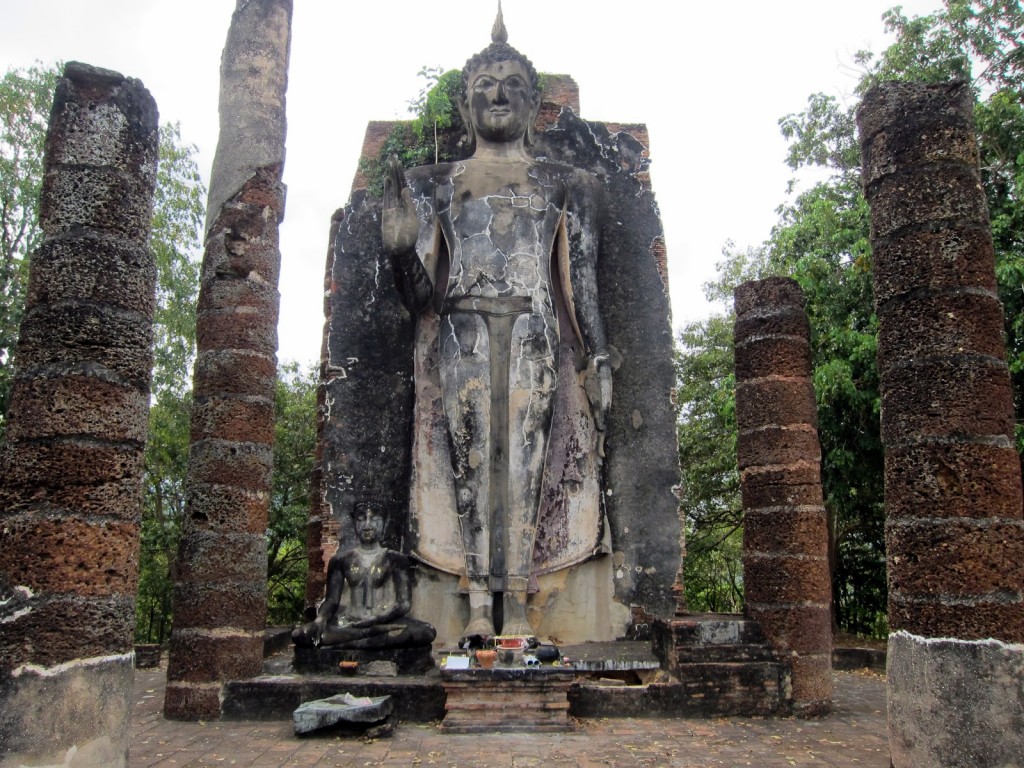
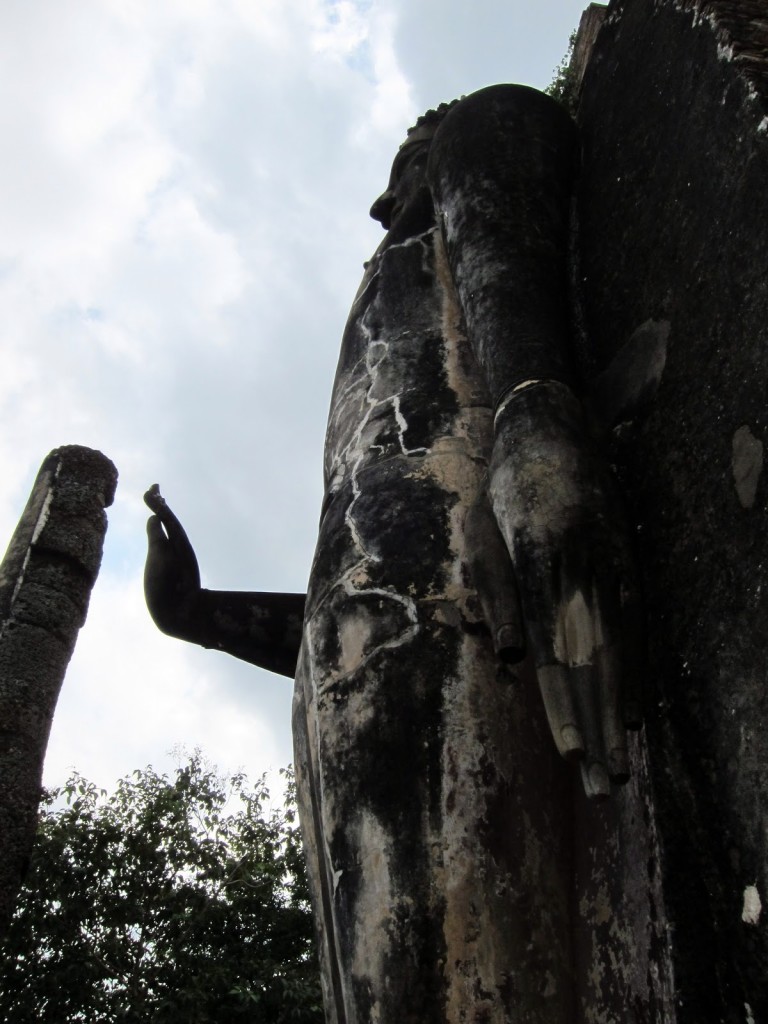
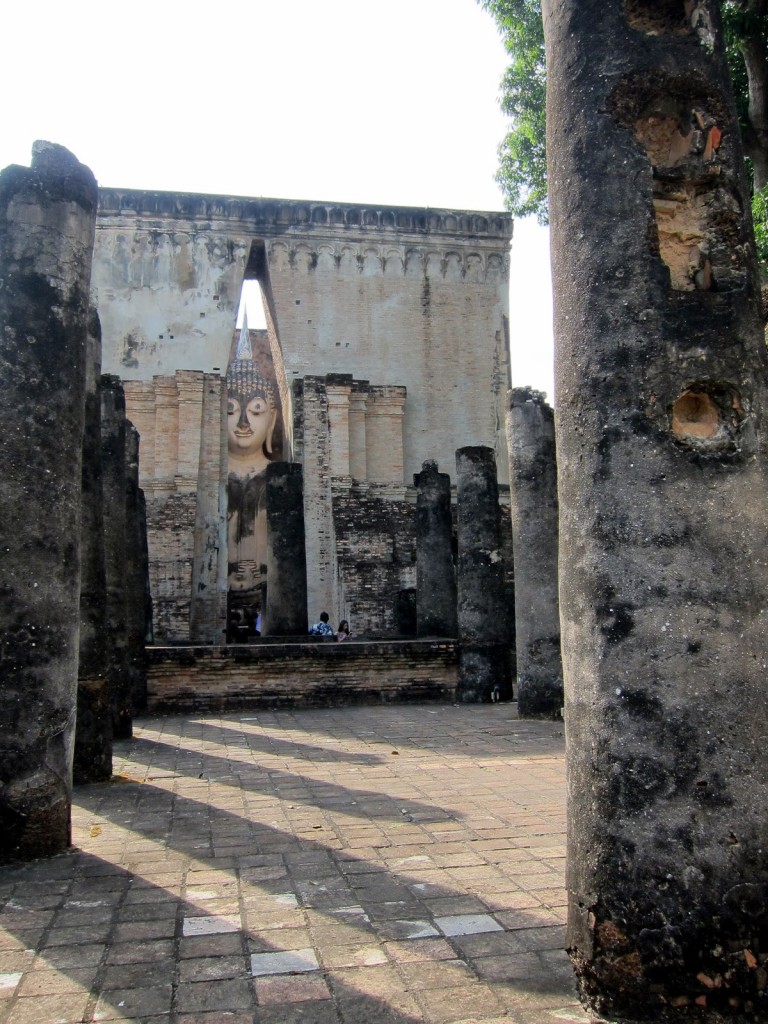
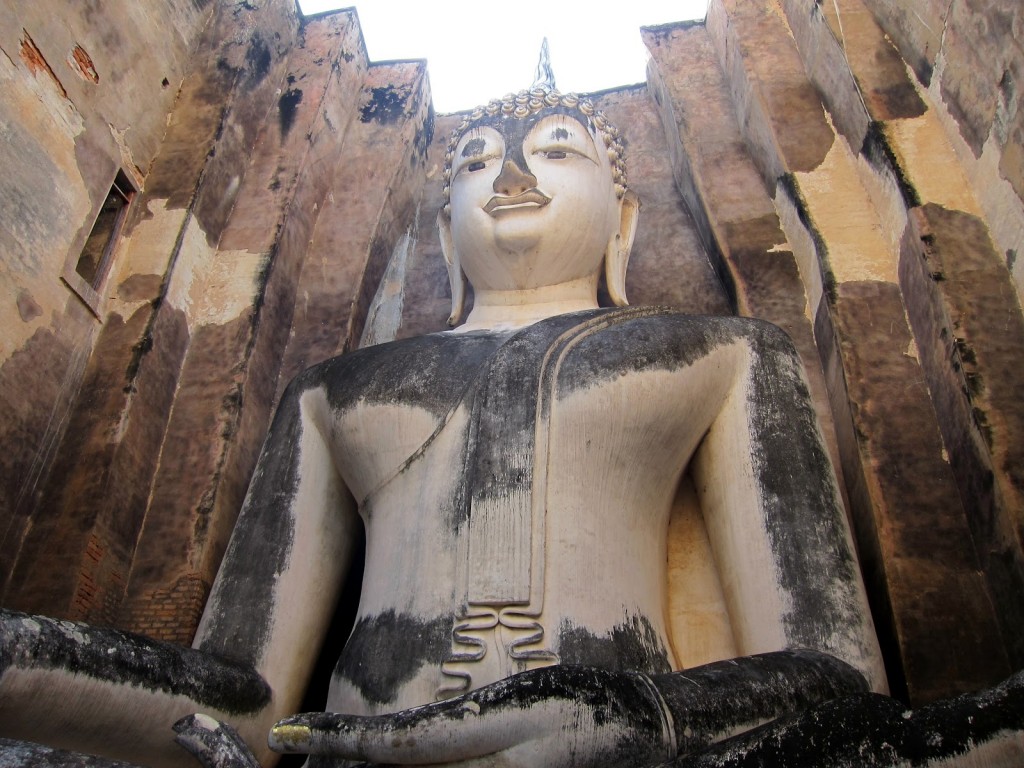
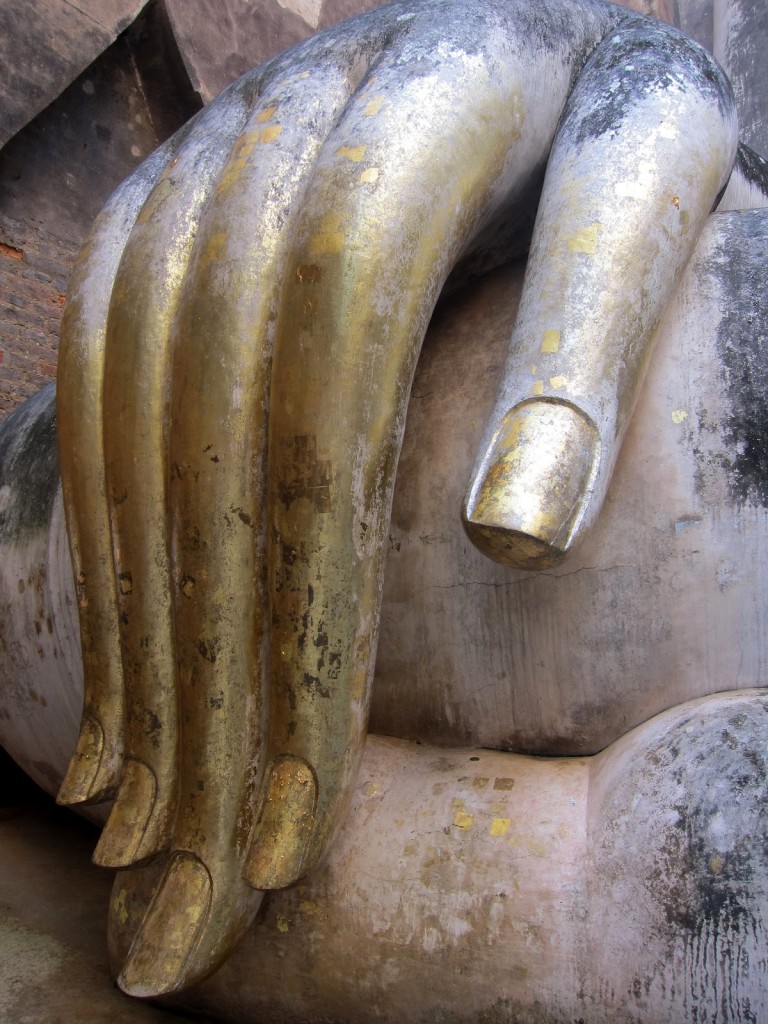
Seeing these on the computer can’t compare to seeing them in person. Beautiful and breathtaking. Mom
I wish you could have been there!